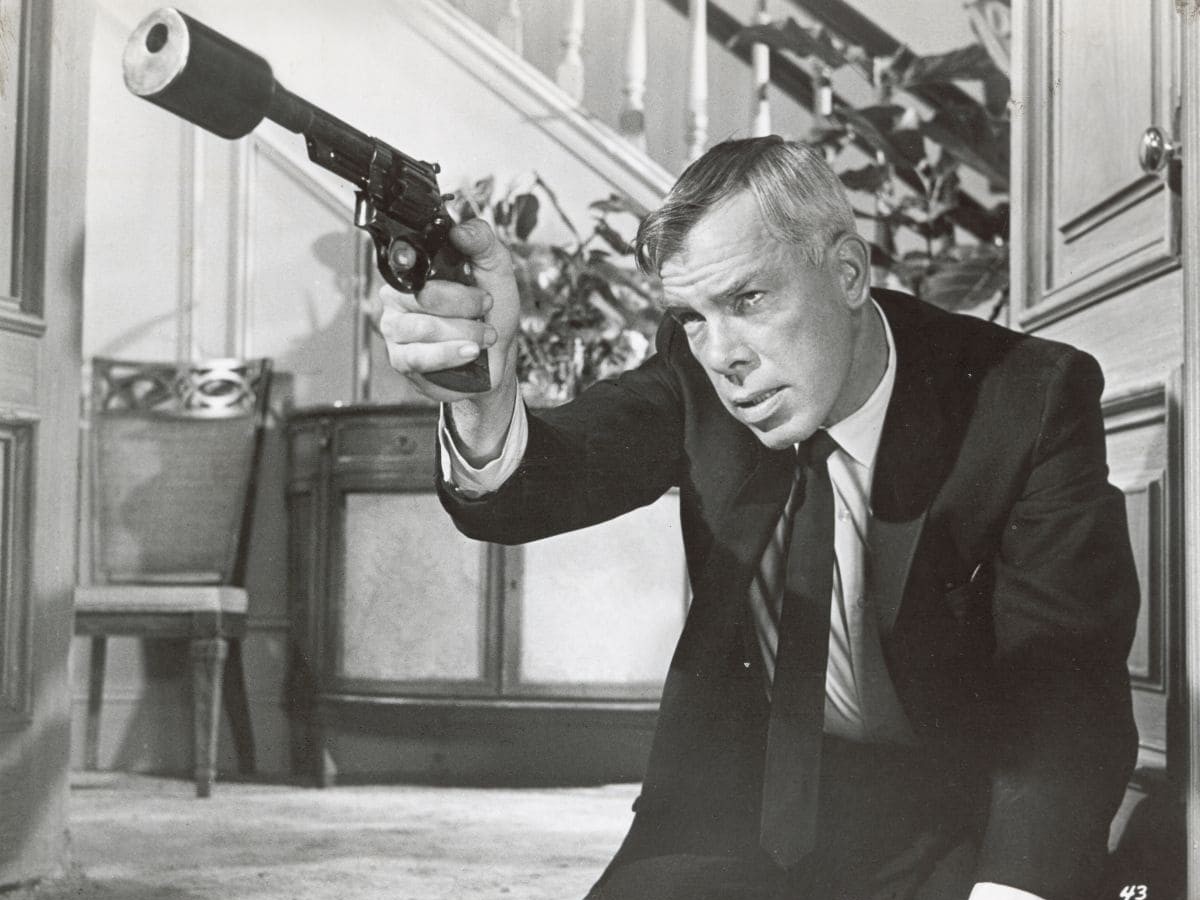Book Presentation and Film Programs:
Karl Sierek: Wege. Spuren und Bahnen der Bewegung im Kino (Vol 4)
November 26, 2025
The six volume book series Pathways: Traces and Tracks of Movement in Cinema (Wege. Spuren und Bahnen der Bewegung im Kino) brings together path-building and film-making. Since its beginnings, cinema has presented, reflected and differentiated in moving images the furrowing of traces and laying of tracks through landscapes and cityscapes. One of humanity's oldest skills, the making of paths, encounters another one that is somewhat aged, the production of movement in pictures. The two cultural techniques of the transport of goods and images accompany one another through movie theaters and alternately cross-fertilize each other. They both retrospectively draw traces and prospectively blaze tracks. These trackings and tracings lead to the wealth of aesthetic expression that continue to lure us to the movies today.
The fourth volume starts with other forms of filmic motion: with pathways as spheres which make location changes and their onscreen representation visible and possible. As agents of moving images, they initially show nothing other than their surfaces. Starting from their physical properties like smoothness or shininess as well as their material appearance (as sandy, stony, or watery, slimy or muddy), the first part of the book considers the surfaces of pathways as the substratum of movement. In the second part, railways, country roads, and city streets are systematized as carriers of filmic stories. Finally, the third part of volume four turns to the structural mechanisms of filmic locomotion. Because junctions, intersections, networks, bridges, doors, thresholds, halls, vestibules, corridors, and galleries also unlock the abundant types of pathways in cinema. (Karl Sierek / Translation: Ted Fendt)
Karl Sierek, Wege. Spuren und Bahnen der Bewegung im Kino (Vol. 4), Wien: Sonderzahl 2025
The six volume book series Pathways: Traces and Tracks of Movement in Cinema (Wege. Spuren und Bahnen der Bewegung im Kino) brings together path-building and film-making. Since its beginnings, cinema has presented, reflected and differentiated in moving images the furrowing of traces and laying of tracks through landscapes and cityscapes. One of humanity's oldest skills, the making of paths, encounters another one that is somewhat aged, the production of movement in pictures. The two cultural techniques of the transport of goods and images accompany one another through movie theaters and alternately cross-fertilize each other. They both retrospectively draw traces and prospectively blaze tracks. These trackings and tracings lead to the wealth of aesthetic expression that continue to lure us to the movies today.
The fourth volume starts with other forms of filmic motion: with pathways as spheres which make location changes and their onscreen representation visible and possible. As agents of moving images, they initially show nothing other than their surfaces. Starting from their physical properties like smoothness or shininess as well as their material appearance (as sandy, stony, or watery, slimy or muddy), the first part of the book considers the surfaces of pathways as the substratum of movement. In the second part, railways, country roads, and city streets are systematized as carriers of filmic stories. Finally, the third part of volume four turns to the structural mechanisms of filmic locomotion. Because junctions, intersections, networks, bridges, doors, thresholds, halls, vestibules, corridors, and galleries also unlock the abundant types of pathways in cinema. (Karl Sierek / Translation: Ted Fendt)
Karl Sierek, Wege. Spuren und Bahnen der Bewegung im Kino (Vol. 4), Wien: Sonderzahl 2025
Link Contributors
